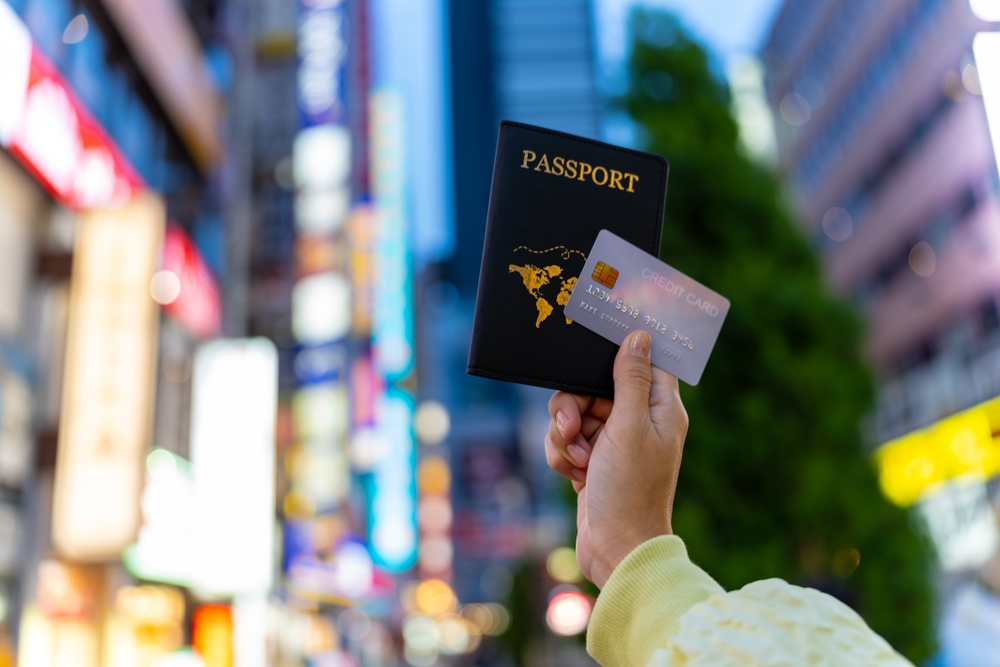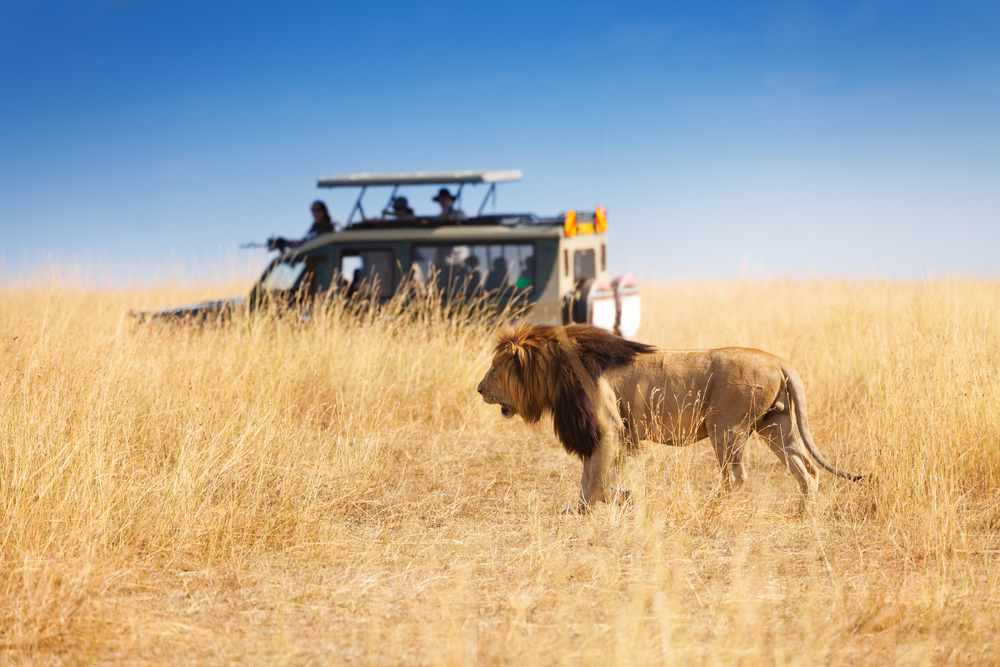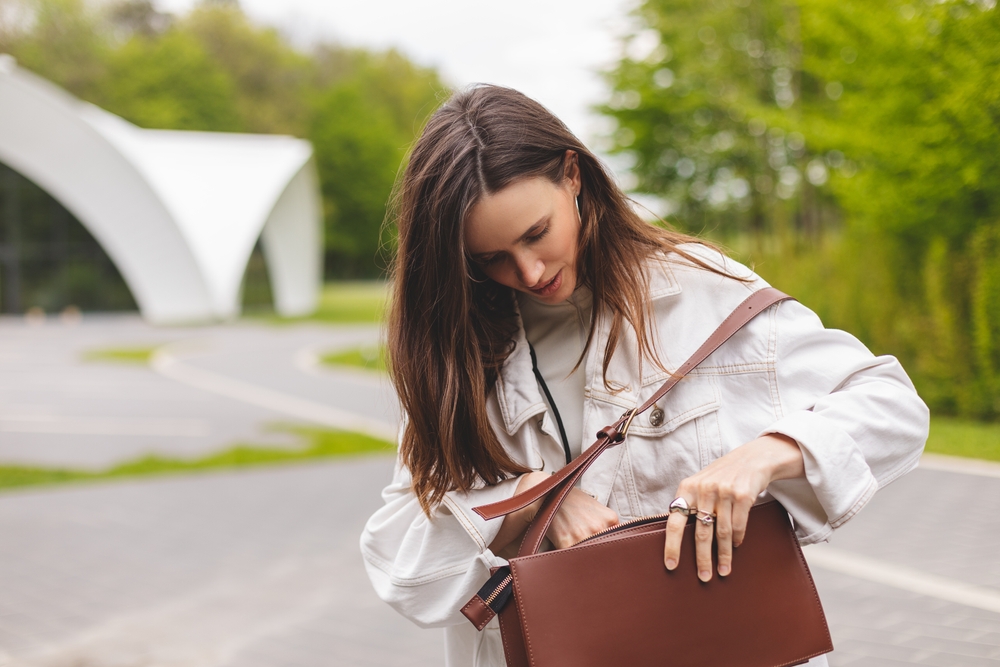Traveling can often be one of the most exciting parts of life, offering new experiences and adventures. But when it’s time to plan your next trip, especially if it’s international, there’s quite a bit to keep in mind. From passports to safety tips, let’s navigate the ins and outs of traveling abroad like a pro.
Before we get packing, let’s take a look at the basics: passports and visas. If you’re heading to popular tourist spots such as Spain, France, Italy, Greece, or Portugal this summer, the first thing you need to check is whether your passport is up to date. Most countries you’ll want to visit fall under the Schengen Area of the EU, which allows for visa-free entry for up to 90 days within any 180-day period, for tourist visits and specific short-term activities. Just make sure your passport was issued less than ten years ago and has at least three months left before its expiration from your intended departure date. It’s smart to double-check all of this before any travel, as the local authorities uphold these rules strictly.
But travel seems to bring out all sorts of issues, doesn’t it? One of the most common things people face is the unpredictability of health regulations. Now, as we continue to adjust to a post-pandemic world, different countries may require vaccinations or health checks. For example, as of late, Italy has no COVID-19 restrictions for travelers, but countries like Spain and Portugal might still have some specific protocols, such as checking with your travel provider for last-minute changes. It’s always best to look up the latest travel advice on the UK Foreign Office’s website before you go.
Once you’re all set with your travel documents, let’s talk about health – namely, how to avoid getting food poisoning on your trips. After all, trying the local cuisine is one of the joys of travel, but it can sometimes go badly if you choose unwisely. Here are some expert tips to keep your stomach happy:
- Wash your hands: This is one of the easiest ways to prevent illnesses. Always wash your hands with soap and water before eating. If soap isn’t available, use hand sanitizer containing at least 60% alcohol.
- Avoid ice: Especially where the water isn’t safe to drink. If you’re unsure about the source of the ice, it’s best to skip the iced drinks altogether.
- Limit raw food: Undercooked meals can often be the culprit behind foodborne illness. Stick to cooked dishes to minimize your risk.
- Pack some medication: Carry loperamide, which helps manage digestive issues — just a precautionary measure!
- Stick to the two-hour rule: When food is left out for longer than two hours, toss it. This especially applies to perishable items.
- Caution with dairy: Dairy products can harbor harmful bacteria, so always check expiration dates and choose pasteurized options where possible.
Now, let’s not forget about the taste of airplane food. Ever wondered how to make those airplane meals taste better? Here’s a hot tip from chefs: keep some seasoning handy! Executive sous-chef Garrete Bowe suggests carrying Maldon sea salt, which is compact and can truly upgrade your inflight meal. It’s all about making the bland flavorful! It’s amazing how much just a sprinkle of salt can change the game.
When you’re on the go, you never know what might happen, especially concerning your belongings. For travelers with mobility needs, like wheelchair users, things can get particularly tricky. Ensuring your mobility device is safe during travel involves more than just choosing the right airline. It’s recommended to always inform the airline about your needs well before traveling. This proactive communication helps with making the necessary accommodations.
Consequently, should something go wrong, knowing your rights can make all the difference. Here’s what to keep in mind: If your mobility device gets damaged, report it as soon as possible. Airlines are required to follow certain regulations about passenger assistance, and knowing these can guide you through the claims process more efficiently. Researching local resources is also smart; should damage occur, knowing where to go for repairs can save you time and heartache.
Let’s lean back now and think about spontaneity on your travels. Sure, it’s great to have plans, but some of the most unforgettable experiences come from the unexpected. So, make room for chance encounters! You never know when you might meet someone who offers insight or invites you to explore something entirely new with them.
For solo female travelers or any traveler concerned about safety, it’s important to remain vigilant. While traveling provides unrivaled opportunities for adventure, some crossroad scenarios can be uncomfortable. Therefore, it’s wise to have safety measures, like carrying something like fake wedding rings or being aware of travel communities online, which can provide advice and support.
Traveling doesn’t stop when you return to your home country; no, the experience lingers on. While you may return with stories and memories, one simple mistake can leave you thinking twice about your next adventure. Keep your trips hassle-free by avoiding the post-holiday suitcase blunders. Unpack as soon as you return, check for items left behind, and make sure to take any necessary medications right away!
With all this information, you can make the most of your international travels! Nothing compares to the blend of excitement, learning, and discovery abroad. Just stay prepared, be mindful, and let the thrill of the unknown guide your next steps. Wherever you go, happy travels await you!



